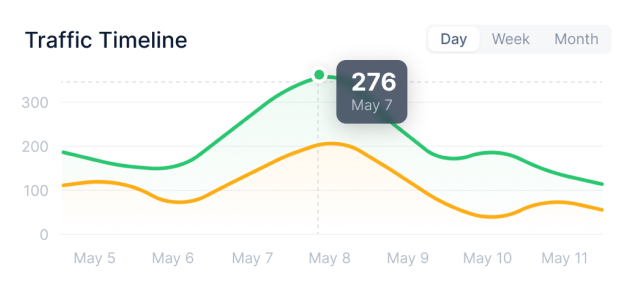

What is ad fraud?
Ad fraud has been defined as any deliberate activity that prevents the proper delivery of ads to the intended audience, or in the intended place.
The different types of ad fraud
Device-driven ad fraud
Uses computers, servers, mobile phones, and tablets to mimic real ad impressions, engagement, and clicks.
Content-driven ad fraud
Uses fake websites, apps, and other content to host ads – then drain
their PPC budget.
Which channels are affected by ad fraud?
No advertising channel is immune to digital ad fraud. Social media ads, Google Display Network Ads, mobile advertising, and Google Video Ads – if there’s a regular digital transaction taking place, your money is at risk.


How are bots driving ad fraud?
Without bots, ad fraud is only possible with large teams of people, all manually controlling several devices.
With bots, one person can target thousands of ads or devices simultaneously, using sophisticated software to mimic human behavior and randomize interactions.
Ad fraud detection must constantly evolve to meet the challenge of bot-driven digital ad fraud.
Ad fraud and click fraud — what’s the difference?
Although these terms are sometimes used interchangeably, click fraud is one of the most common kinds of device-driven ad fraud.
When combined with content-driven ad fraud (such as a fake website, where the publisher receives a share of the ad budget), click fraudsters can directly attack your ad budget for their personal gain.

How does ad fraud prevention work?
Behavior-based criteria

Time spent on page

Number and order of website pages visited

Interaction with forms and other elements

Page scrolling activity
Non-behavior based criteria

Visitor location

IP address

Browser fingerprint

Device ID





















